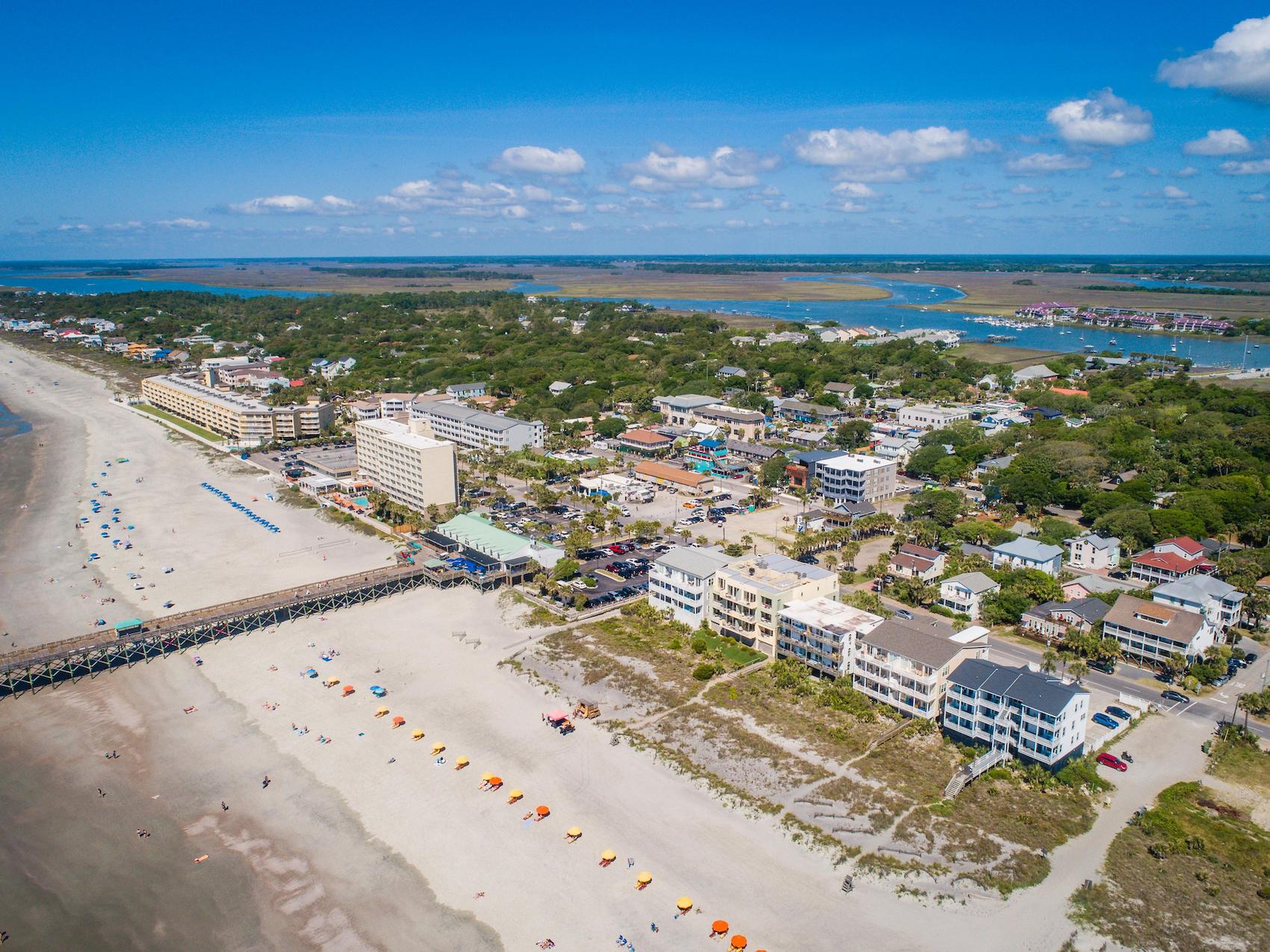For my blog this week I decided to look into current news stories that highlight sustainability. I came across a story about a book called Consumed written by Aja Barber. This article explains the dangers and impacts of fast fashion that are described in Barber’s book. It also recommends different ways for consumers to ease out of their fast fashion addiction and transition into living as more sustainable shoppers. From this article, it is clear that Barber’s book has a lot of similarities to Beth Terry’s book Plastic-Free: How I Kicked the Plastic Habit and How You Can Too. Both authors recognize the threat that our world is facing from things like plastic or more specifically clothing textiles. Barber and Terry both focus on the importance of personal change and encouraging others to participate in fighting back against the use of plastic.
The article opens with facts from Business Insider explaining how bad the fashion industry is for the environment. It mentions that “10% of all greenhouse gas emissions come from the fashion industry, how badly workers are exploited, and the high amounts of waste that come from the industry”. Barber elaborates on how all clothing companies will reach their downfall if they do not end up switching into a more sustainable route due to a lack of resources and the growing request for sustainable options from consumers.

Barber also dives into the societal addiction to fast fashion that has developed over recent years. She explains that shopping is truly an addiction that makes people’s dopamine levels rise, hence it is a very difficult habit to break. Barber shares her process of slowly detaching herself from her favorite stores by unsubscribing from email lists and trying to avoid the stores altogether. She explains that this is a difficult process and that it is okay to mess up and fold into the addiction of fast fashion. Progress isn’t linear but the more you can keep yourself accountable, the more you will be able to become clean from fast fashion.

I chose this article because it hits very close to home for me. From a very young age, I had an addiction to shopping and I think I could say the same about most of my peers. I remember getting Justice (a clothing brand for young girls) catalog every week in first grade and searching through it to find new clothing items that I wanted to purchase for the next time that my mom took me shopping. This continued to be a trend for me up until I started learning about the harm of fast fashion and overconsumption. Even throughout high school it was very socially important to always have the newest phone and trending clothes or else you were looked at a little differently. I think this article and book would be a really great read for kids in my generation because we truly don’t realize the harm of our overconsumption until we sit down and actually dissect it. It wasn’t until the end of high school that I started to realize the impact of my consumption especially when it came to my clothes.
While reading this article I think it is important to highlight Barber’s bias and privilege of being able to afford the lifestyle of shopping sustainably. A lot of people don’t have access to affordable, environmentally friendly clothing brands. For me, this means is that if you are privileged enough to afford environmentally friendly brands and are aware of the dangers of fast fashion, you should put your money where your mouth is and vote with your dollar bills. Money is the main thing keeping fast fashion in business so if we are able to pull the plug on their funding, it won’t be able to survive.

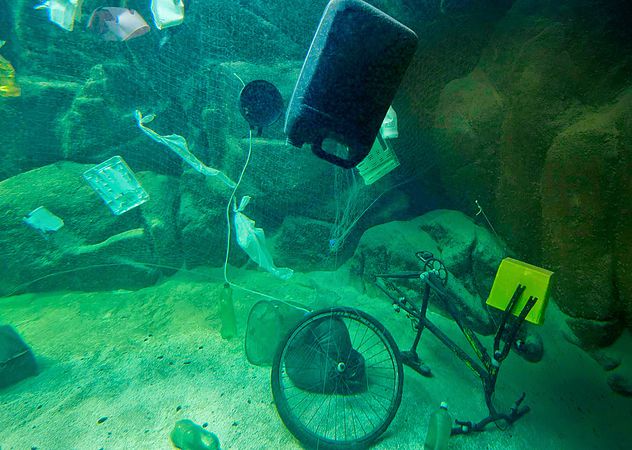



 While scrolling through images of plastic litter being turned into art, I came across this sculpture. I immediately clicked on it and began to read about it. I was drawn to the brightness of it and was curious about what materials it was made of. The sculpture was created by Von Wong and Joshua Got and is named “Plastikophobia”. The name comes from the fear the artist’s felt while creating this sculpture. The sculpture is made from over 18,000 single use plastic cups. With the help of around three dozen volunteers, the cups were collected from local food centers across Singapore. The collection process took about roughly a day and half. The cups were then cleaned off and assembled to form a shiny crystal cave. They installed fairy lights throughout the cups to finish it off. The sculpture itself took around seven days to complete.
While scrolling through images of plastic litter being turned into art, I came across this sculpture. I immediately clicked on it and began to read about it. I was drawn to the brightness of it and was curious about what materials it was made of. The sculpture was created by Von Wong and Joshua Got and is named “Plastikophobia”. The name comes from the fear the artist’s felt while creating this sculpture. The sculpture is made from over 18,000 single use plastic cups. With the help of around three dozen volunteers, the cups were collected from local food centers across Singapore. The collection process took about roughly a day and half. The cups were then cleaned off and assembled to form a shiny crystal cave. They installed fairy lights throughout the cups to finish it off. The sculpture itself took around seven days to complete.
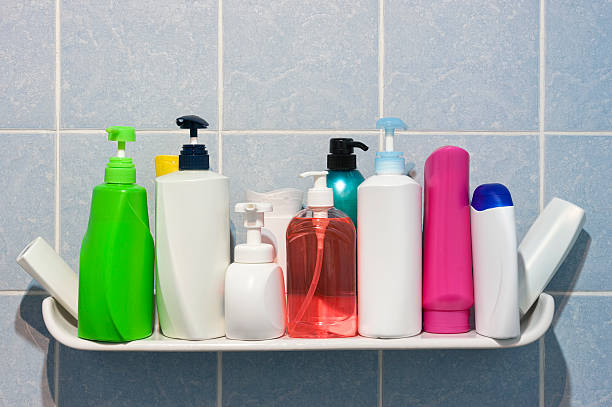
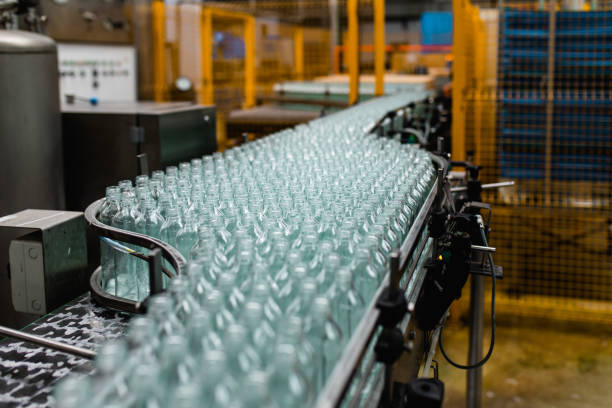
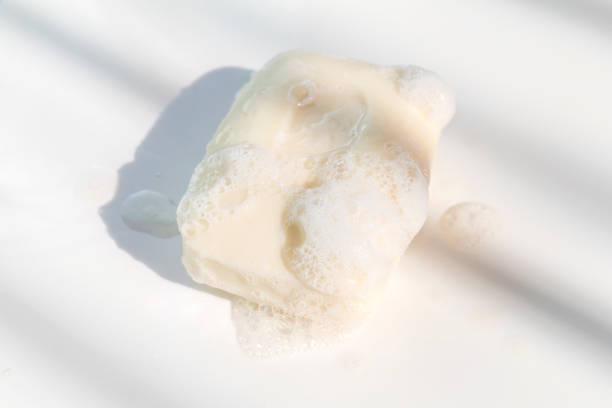





 ols they still contribute to the issue of plastic pollution. These sporks can be made of a variety of materials: steel, wood, glass, but of course the major one is plastic. To begin the lifecycle of a spork countless small little plastic pellets are fed into a thin opening where they are crushed and melted together. The ensuing polymer is then stretched, folded, and cut into sheets.
ols they still contribute to the issue of plastic pollution. These sporks can be made of a variety of materials: steel, wood, glass, but of course the major one is plastic. To begin the lifecycle of a spork countless small little plastic pellets are fed into a thin opening where they are crushed and melted together. The ensuing polymer is then stretched, folded, and cut into sheets.
